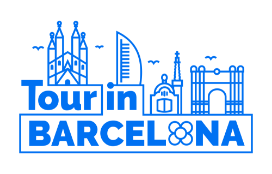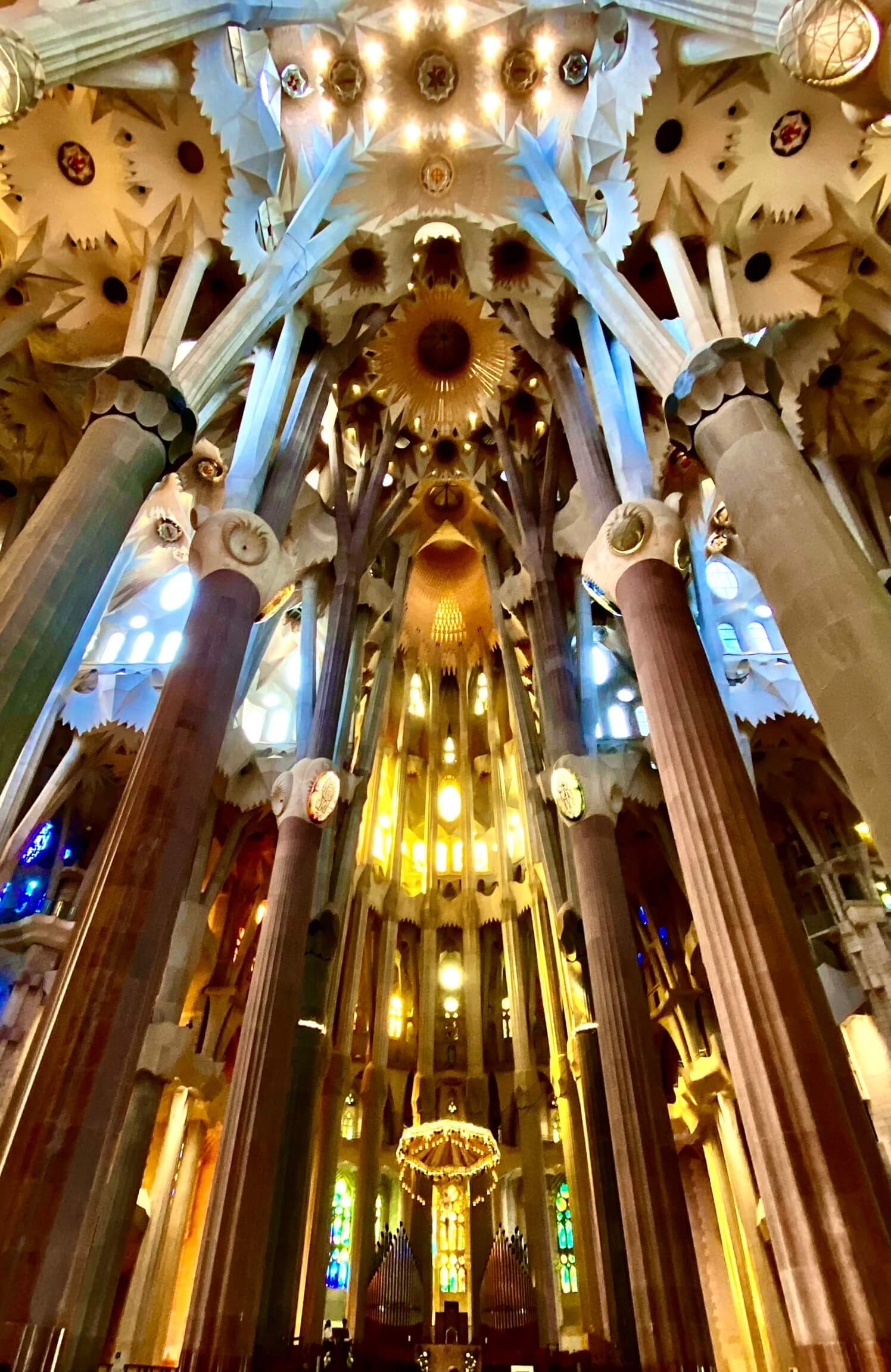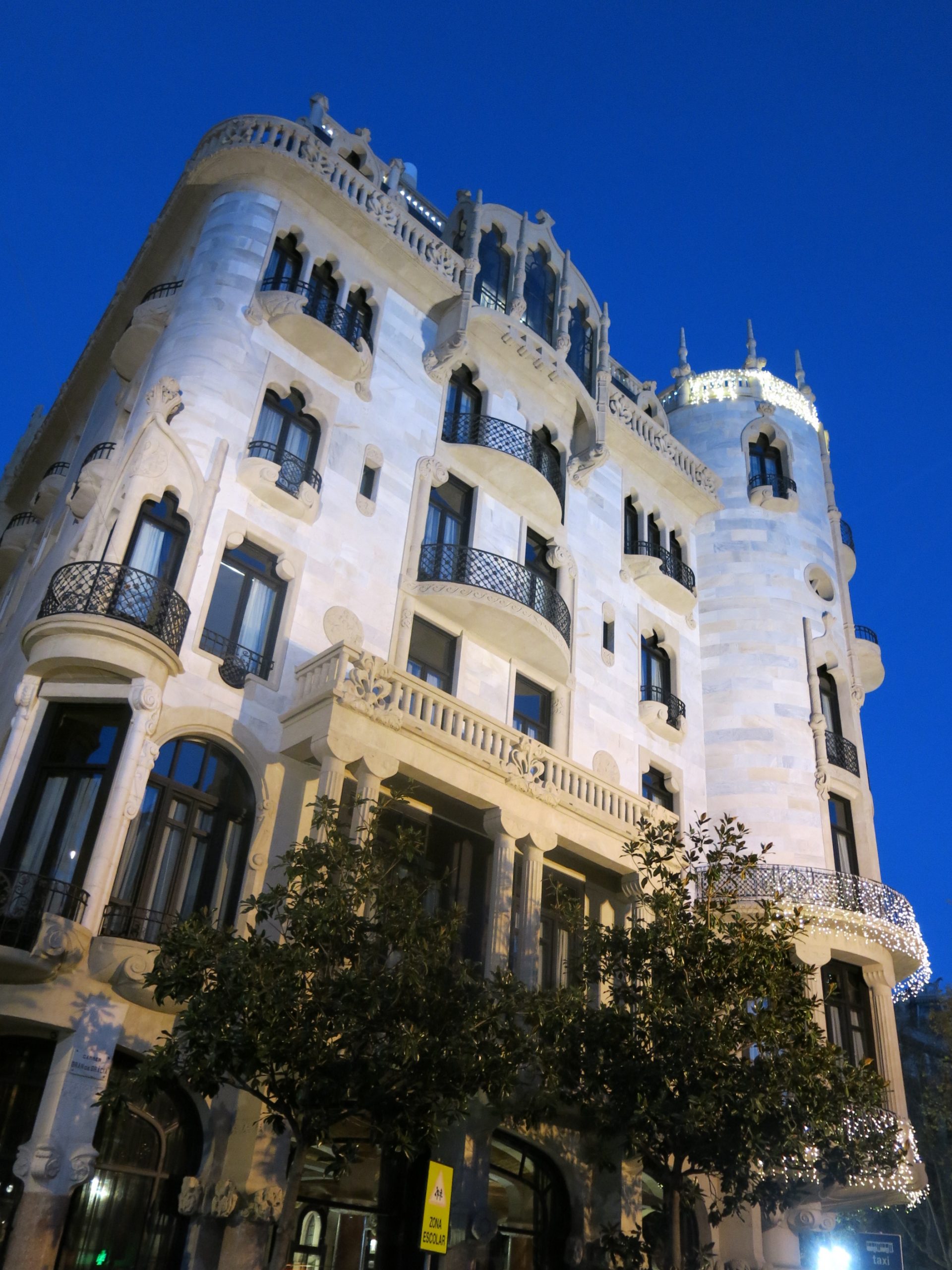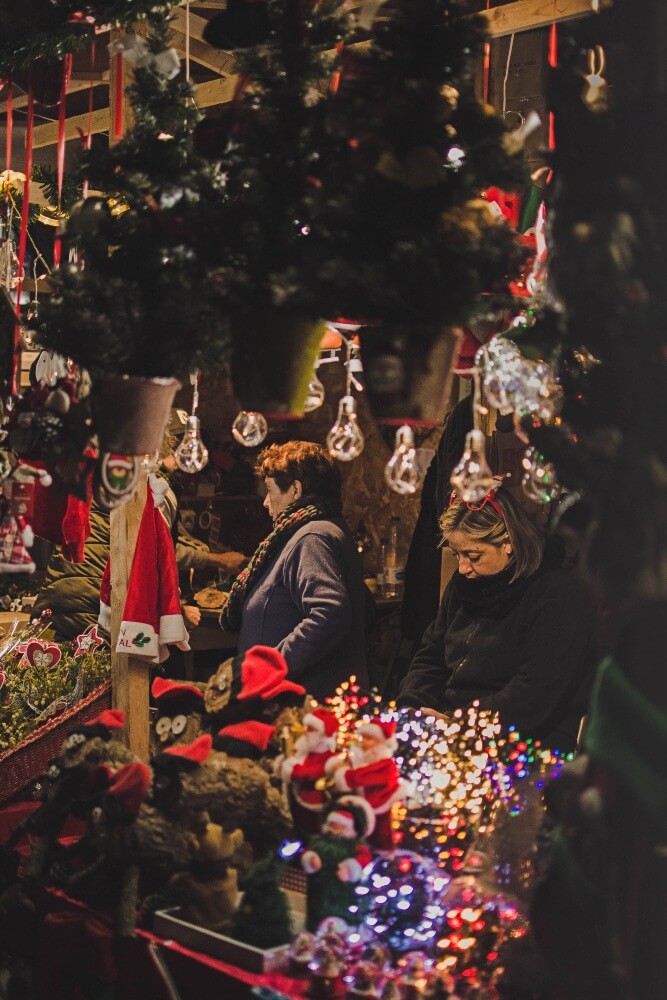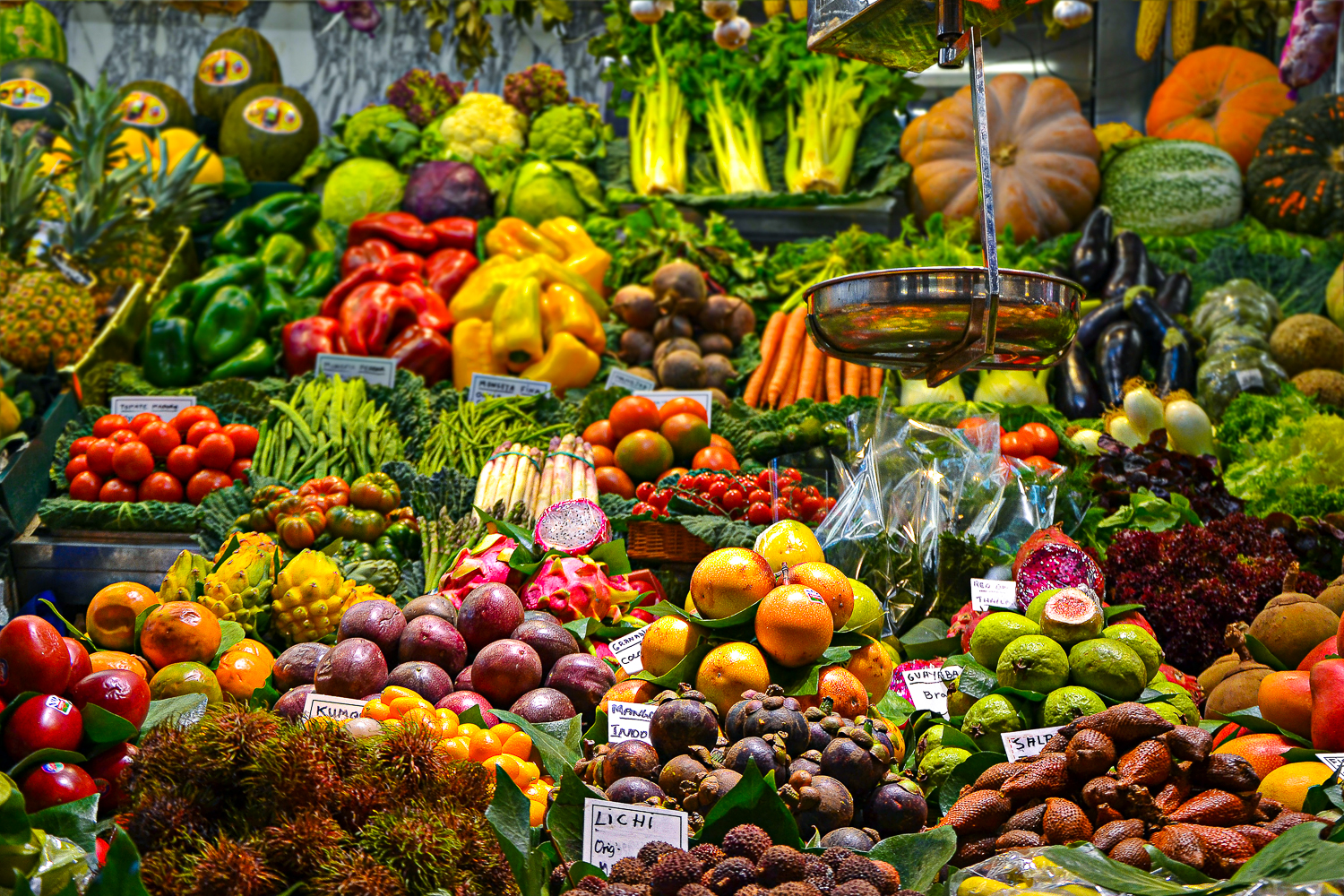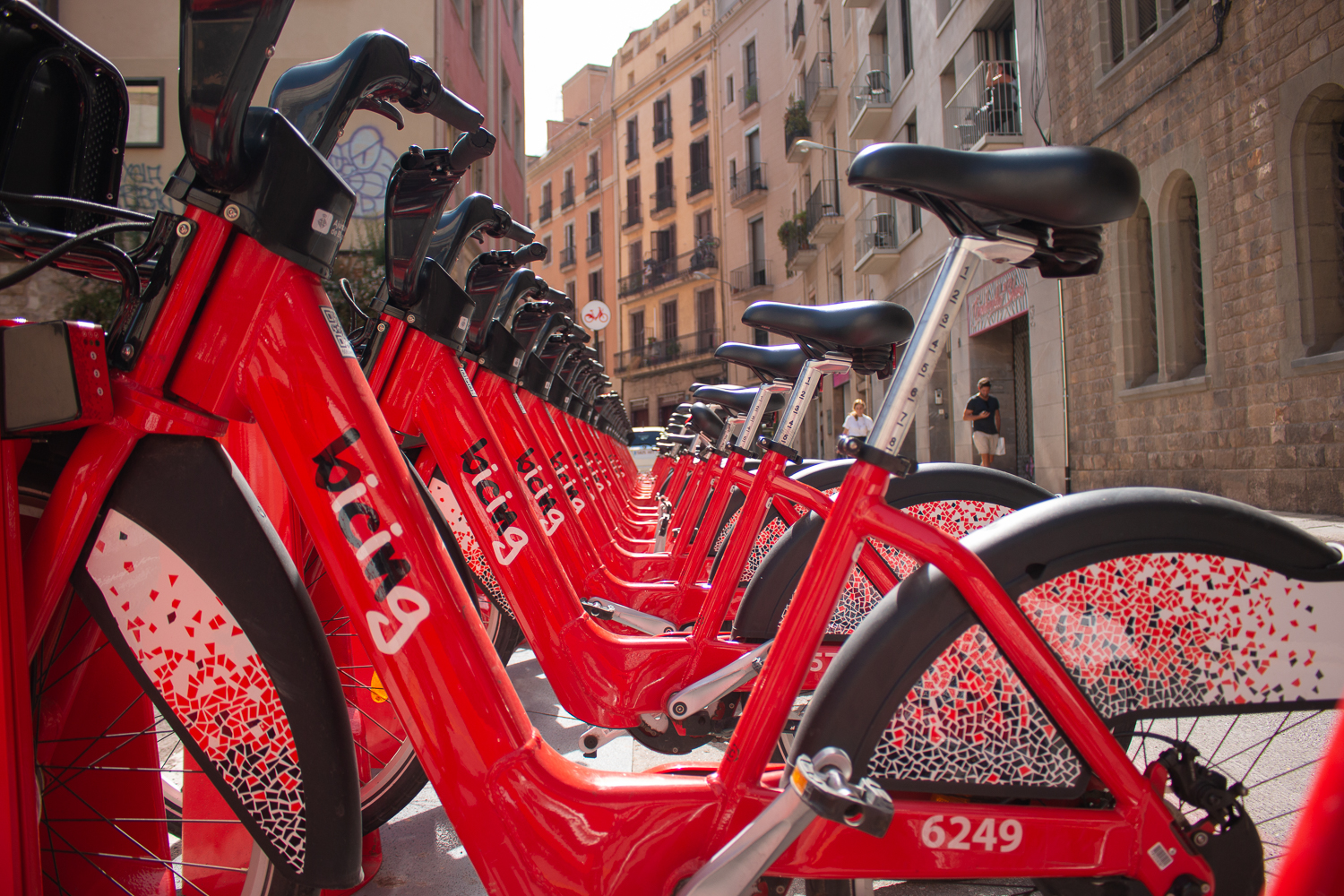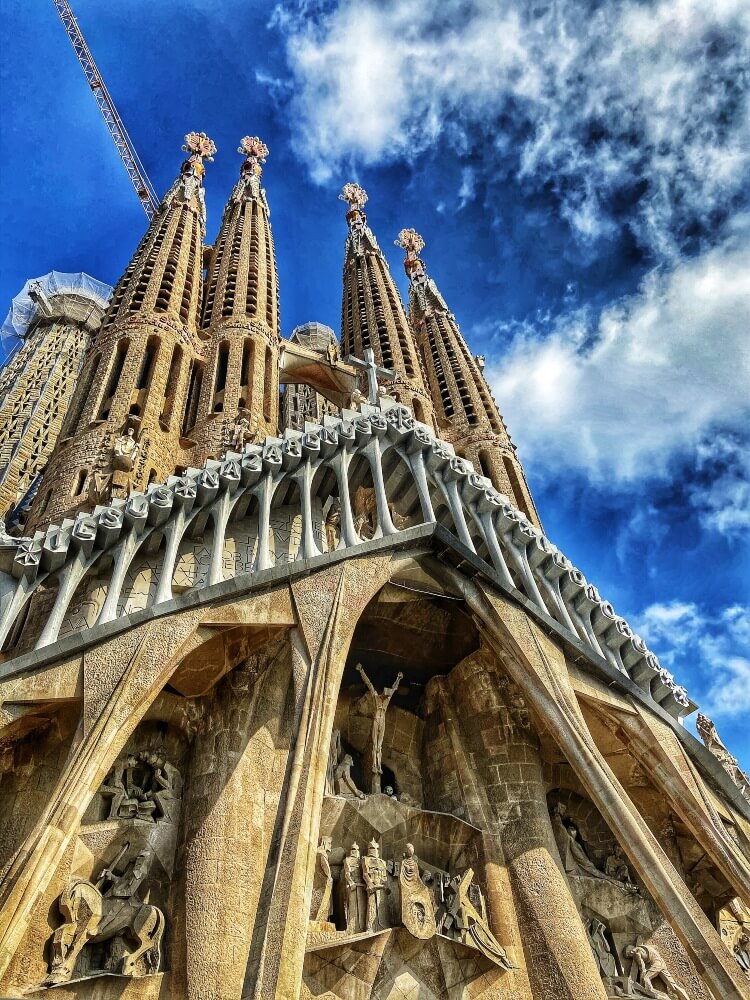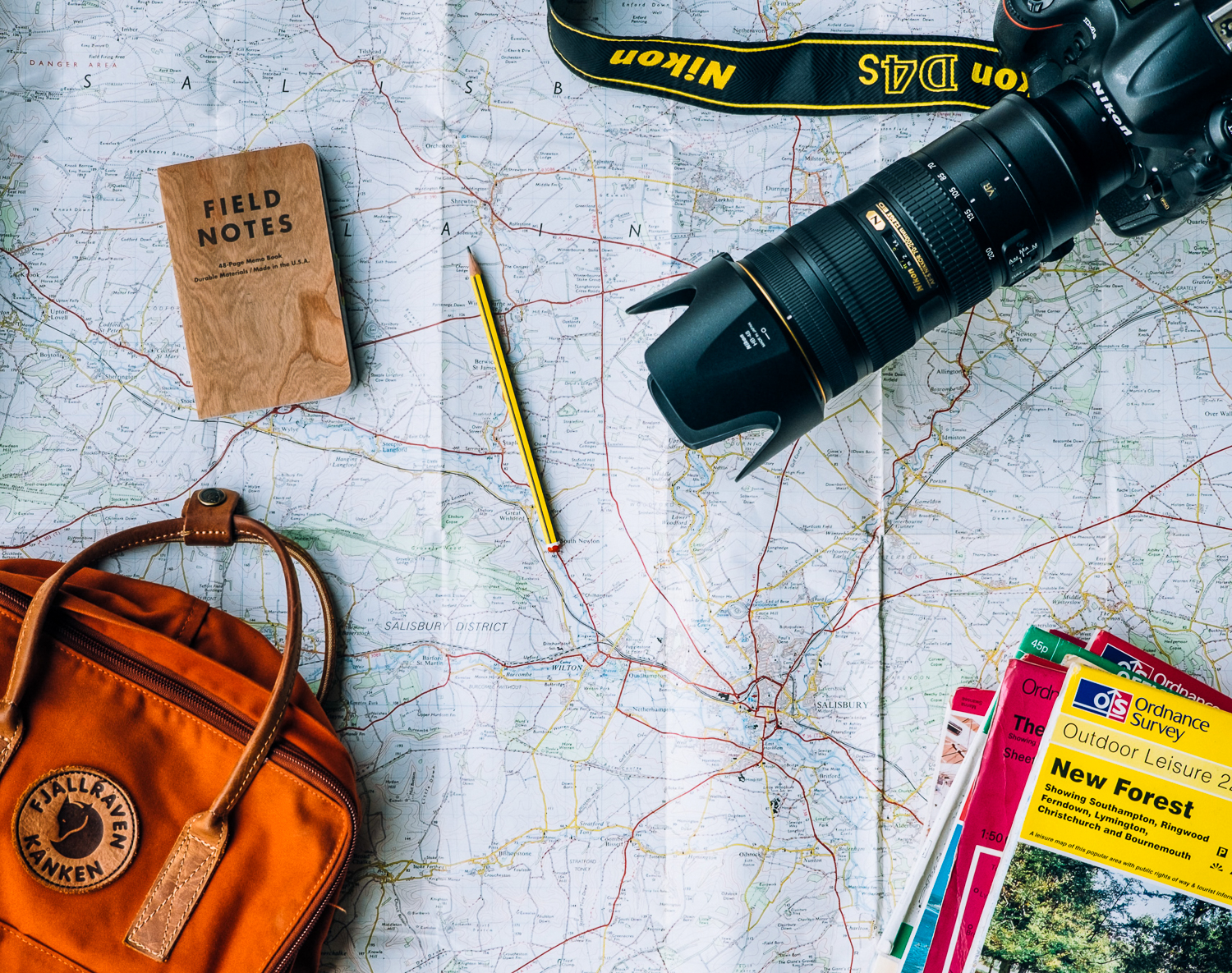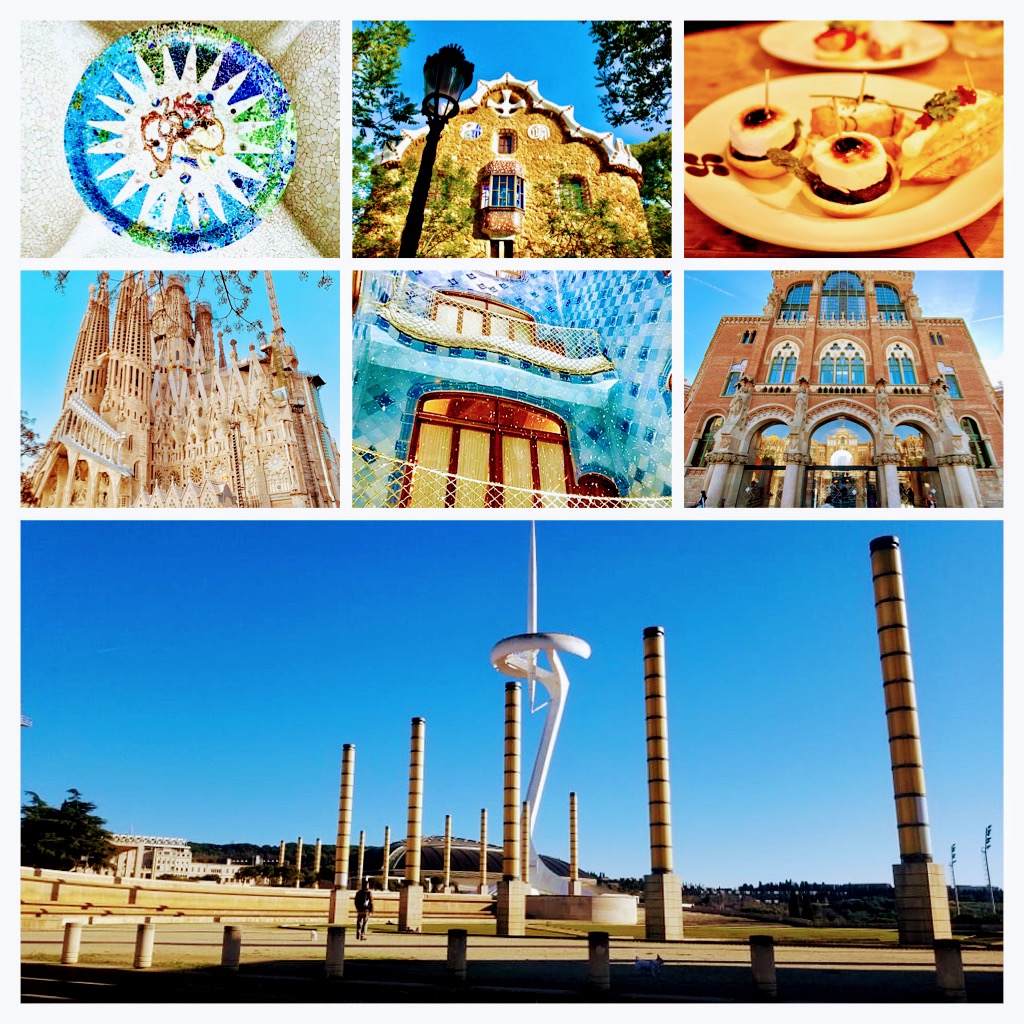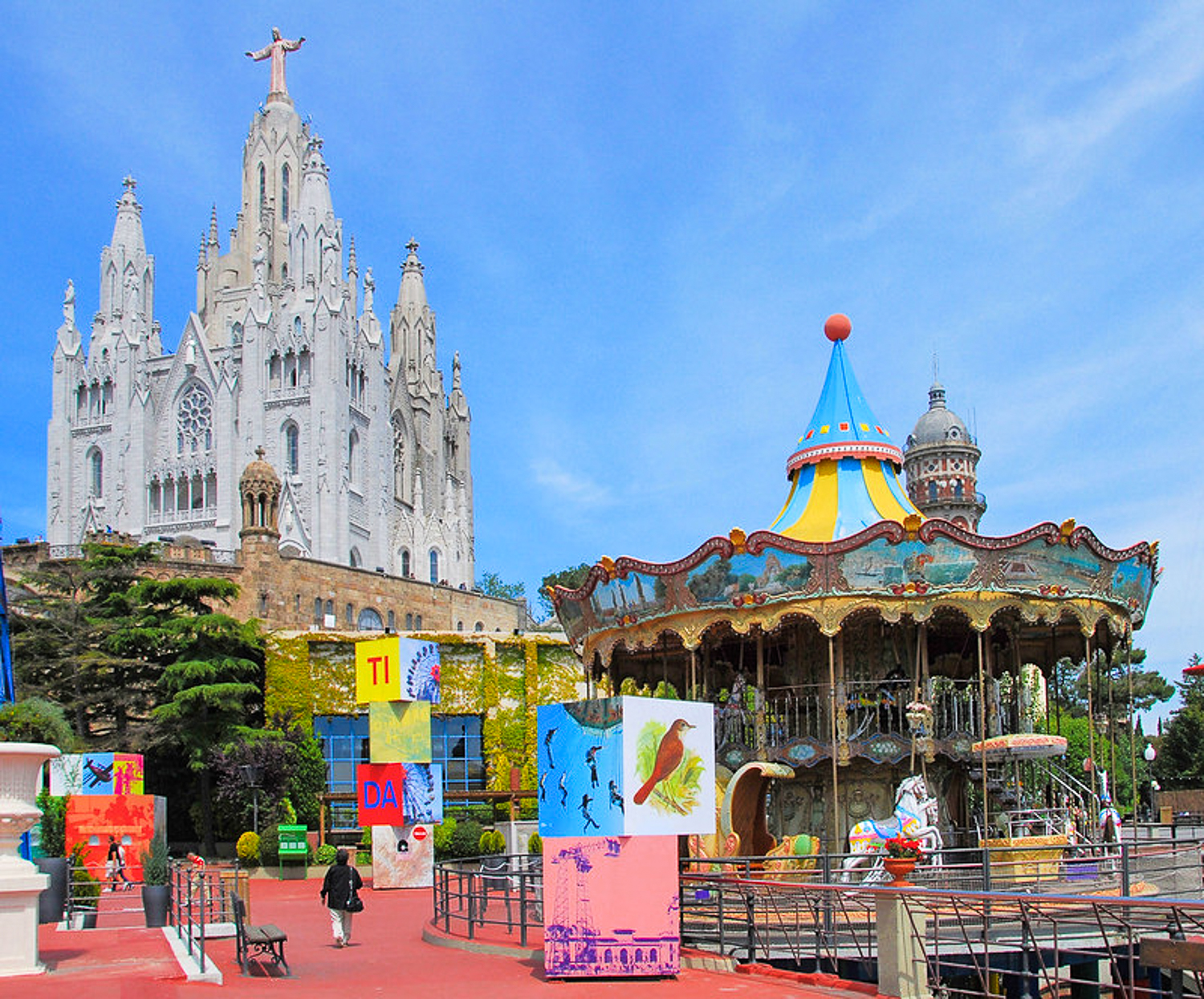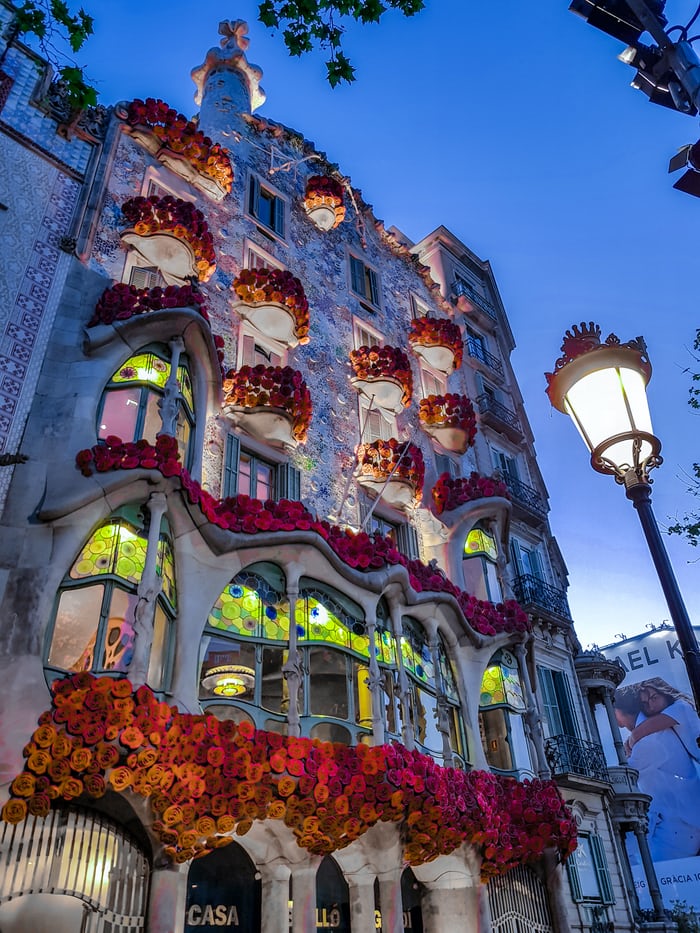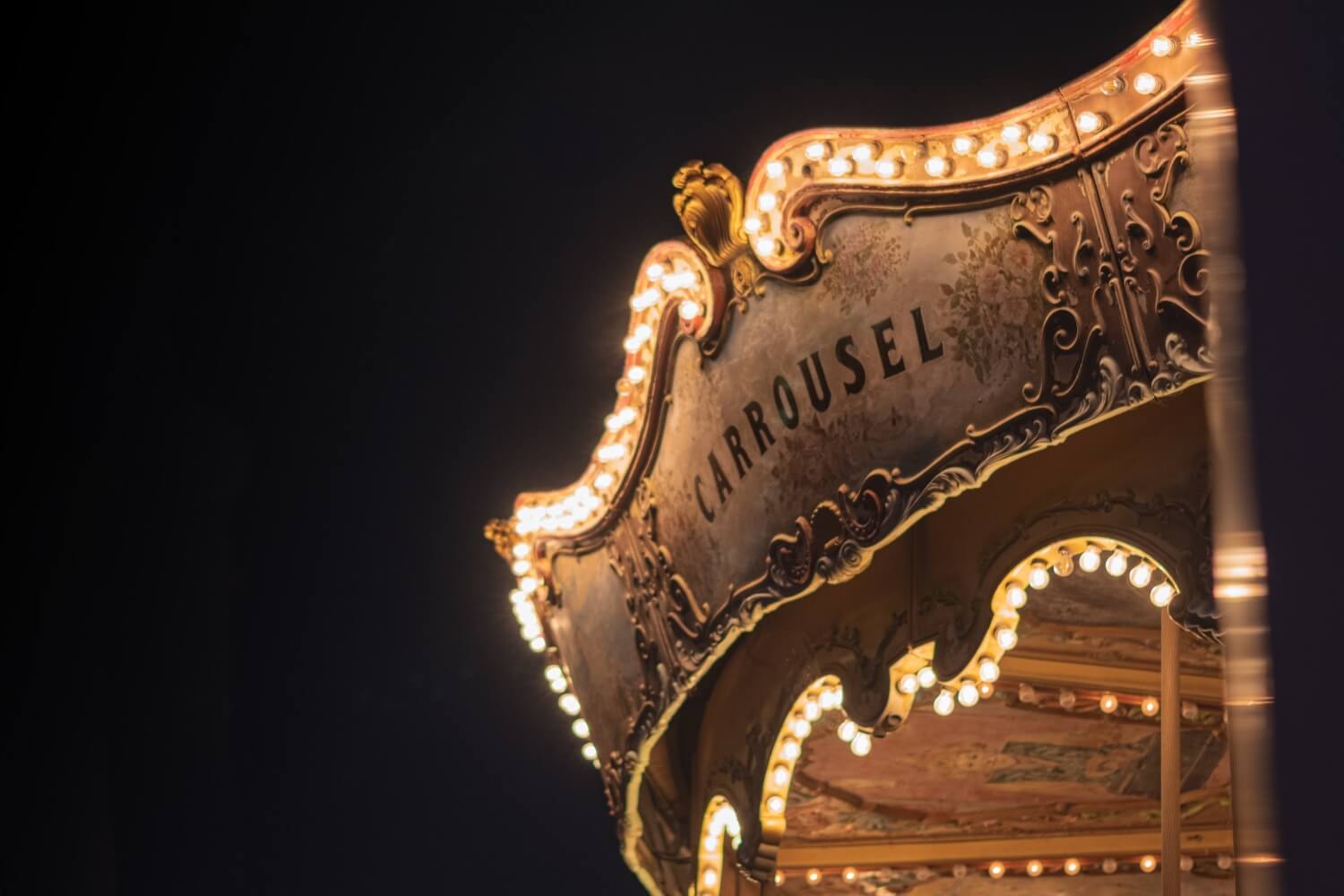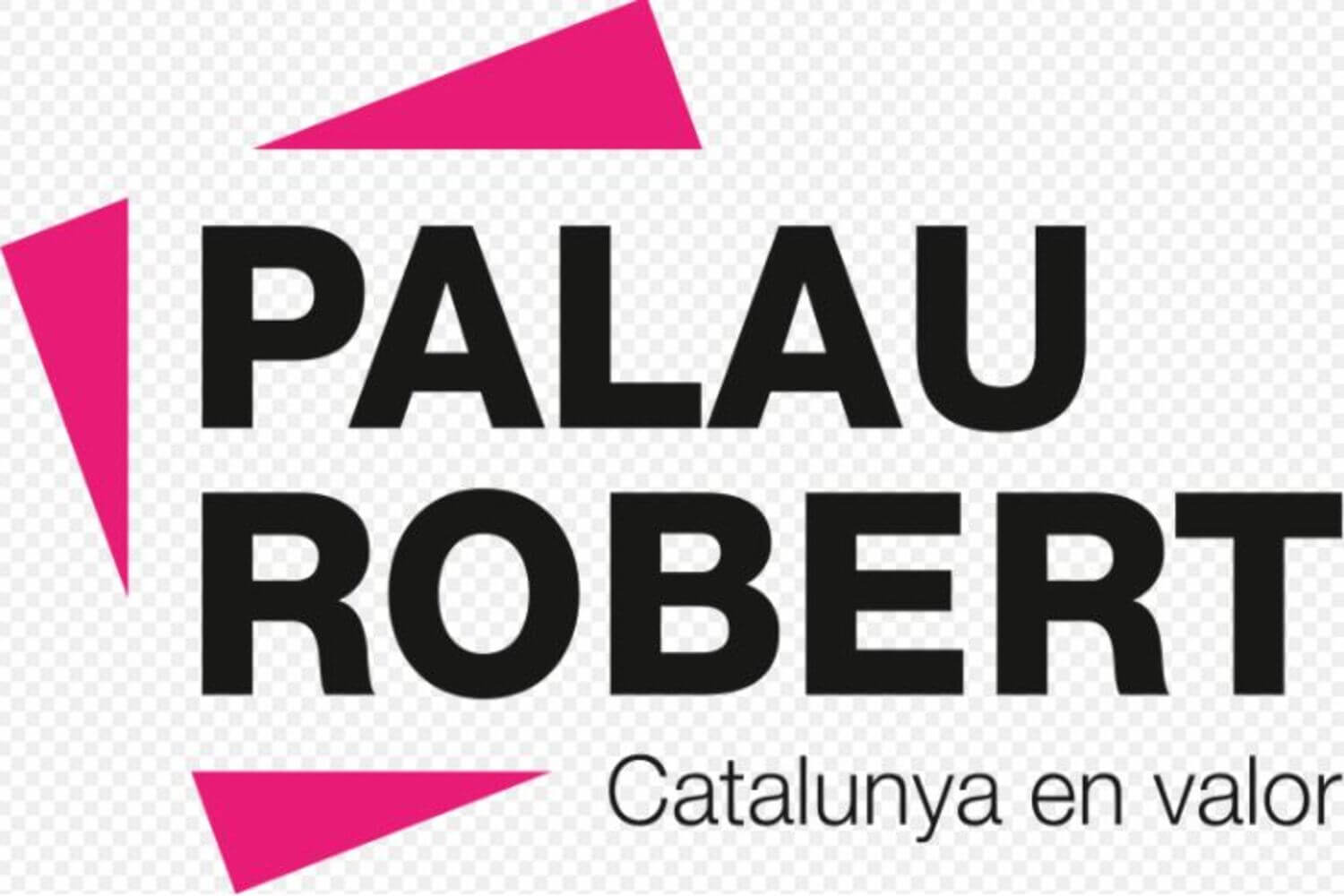What is El Born?
El Born is one of the most picturesque sites in Barcelona City. The stunning architectural structures reflect its medieval history. Yet, despite this antiquity, its streets resound with the jubilant move of the locals and visitors who experience it for themselves. The variety of beautiful attractions offers days of fun and exploration. It captures the best of Barcelona’s nightlife with bars, coffee shops, restaurants, and art galleries. The chance to explore historic and cultural places is a unique privilege for all who visit.
A bit of History first
El Born began as a humble neighborhood. Over time, it experienced phenomenal business growth thanks to the textile industry. El Born transformed into the economic center of Barcelona beginning in the 13th century and into the 15th century. Born’s Neighborhood is comprised of the San Pere, Santa Catalina, and Ribera Neighborhoods. Its convenient location between Laietana Street and Barceloneta Neighborhood offers quick access to the city center; it’s only a 10-minute walk away!
The transformation and development have given the quarter remarkable modernity.
Your experience at El Born will be…
Fun and enthusiasm fill El Born’s air and its streets. The vibrant crowds eager to enjoy new experiences while sampling local coffee brews and dishes at restaurants is a common experience to have. After sunset, the nightlife takes over in the Passeig del Born bars where visitors enjoy tasty tapas and amazing cocktails with a unique Spanish flair.
In contrast to the vibrant night scene, the daytime offers a chance to experience a cultural revolution. Montcada Street is reminiscent of the medieval days, especially given the antiquity showcased at the Picasso Museum, one of the world’s cultural icons. In it, you’ll find the biggest collection of Picasso’s personal possessions and next to the building a variety of Spain’s finest tapas and pintxos.
Some nice Instagram pictures from a special place…
The France Station is a must-see stop along the way. It’s both a magnificent and peculiar train station featuring modernist construction. Then, head over to the Museum of Catalonian History. It’s a fascinating place that teaches us the history of the Catalonia Autonomous Community through historical documents, artifacts, and an interactive approach made possible by cutting-edge technology. The rooftop has one of the most amazing views of Barcelona’s Port Vell.
The Santa Maria del Mar Church was built in the Catalan Gothic style, an ancient influence that has significantly shaped the modern culture of the region. This impressive structure is, in fact, a Minor Basilica and is considered an iconic symbol of the neighborhood. Also known as the Sea Cathedral, the church has gained prominence as a must-visit destination for travelers due to its majestic and beautiful architecture. Its construction began in the 14th century and was completed over several decades, reflecting the dedication and artistic skill of the craftsmen of that era.
In addition to its striking facade and imposing presence, the church’s interior houses a rich collection of religious artworks, including altarpieces and sculptures that tell fascinating stories about the history and spirituality of the city. Moreover, the church’s proximity to the sea adds a touch of romance and a connection to Barcelona’s maritime history, making Santa Maria del Mar a true cultural treasure that offers an enriching experience for those who visit.
The culture, history, and amusement have blended with this place to guarantee a memorable visit to Barcelona.
I hope you’ve learned a bit more about this wonderful city and that I have ignited your curiosity and willingness to come to visit us.
Join us on our tours for the opportunity to experience it all firsthand!
So, that’s all folks…for now!
Bye Bye!
See you in my next post!
